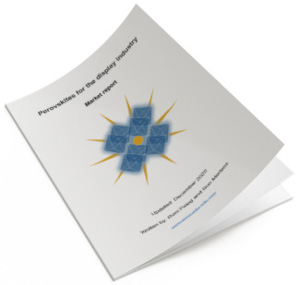Researchers examine temperature-dependent exciton-polariton relaxation mechanisms in hybrid organic-inorganic perovskites
A team of researchers at MIT, Complutense University of Madrid and the University of Pavia has designed a perovskite-based device that combines aspects of electronics and photonics, that could lead to new kinds of computer chips or quantum qubits.
The new work involved sandwiching tiny flakes of a perovskite material in between two precisely spaced reflective surfaces. By creating these perovskite sandwiches and stimulating them with laser beams, the researchers were able to directly control the momentum of certain “quasiparticles” within the system. Known as exciton-polariton pairs, these quasiparticles are hybrids of light and matter. Being able to control this property could ultimately make it possible to read and write data to devices based on this phenomenon.









